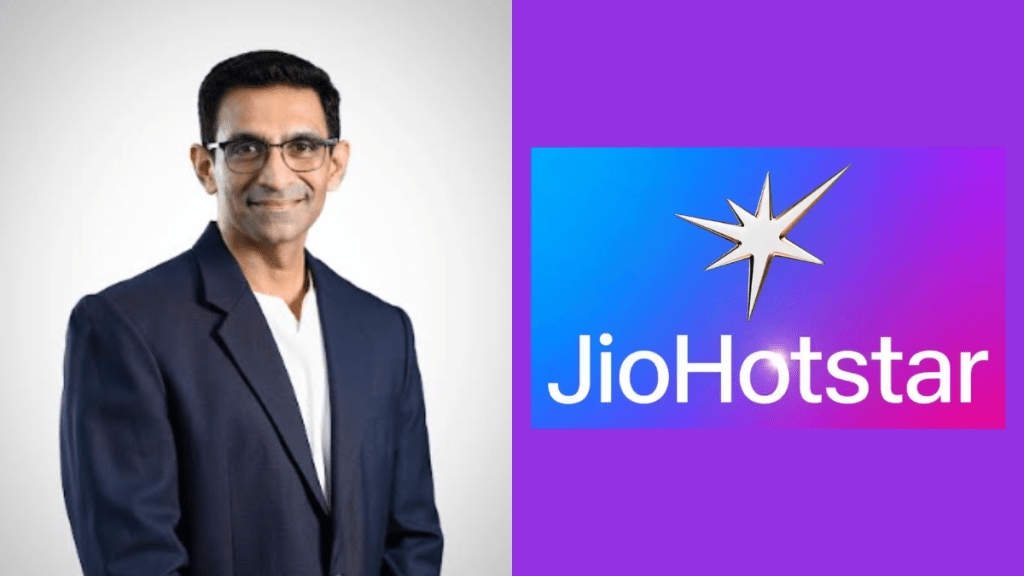In March this year, video streaming platform JioHotstar announced that it had crossed 100 million paid subscribers. The platform is working now to keep the audiences hooked post the IPL. Kiran Mani, CEO, digital, JioStar, talks to Christina Moniz about the platform’s content and pricing strategy, the role of the IPL in driving growth and the need for OTT platforms to identify more sustainable business models. Edited excerpts:
JioHotstar recently said it has crossed the 100-million subscriber mark. What did you do right to get the bump in subscription numbers?
There were three fundamental things that we did on the platform. The first was that we enabled access for all. Normally, OTT platforms are installed on high-end phones, CTV devices and among premium audiences. We are clear that we are a national OTT platform and hence presence across a billion screens is extremely important for us. We worked with over 70 phone manufacturers and over 40 connected TV (CTV) manufacturers to make the app as widely available as possible. Second, we cracked a new proposition that allows users to consume content from across our library for a certain number of hours for free before nudging them towards a paid subscription. We believe that loyalty leads to subscriptions and not the other way around. Finally, though our content library doubled overnight, we didn’t hike up our pricing and retained the Hotstar pricing. At a price point of `49 a month, we succeeded in shifting OTT content from a want to a need.
When we announced the merger, that is around November 14, we were around 45 million subscribers across both platforms. In around three months, we have grown well past 100 million. We have more than tripled our subscriber base in a 90-day period.
What has been the impact of IPL and the new pricing strategy?
Over the years, the IPL has always pushed the boundaries of what is possible. The power of this property is unmatched. The previous highest subscriber base that we saw during the IPL was 70 million. This year’s IPL viewership on digital has grown by 40% over last year even though most experts said there were no new audiences to tap. While digital has grown, TV has also recorded a 39% growth so digital growth hasn’t been at the expense of TV.
To the credit of the BCCI and Sanjog (Gupta, who heads sports at JioStar), we have seen the IPL reinvent itself every year. Add to that digital and technological capabilities, and suddenly viewers are finding more meaning in the sport. Is there potential to grow further?
Absolutely! The IPL is still far from reaching its full potential.
While monthly active users spike during the IPL, how do you plan to keep audiences hooked to the platform post the season?
India is a market of sustained viewership. We now have nine months of cricket on the platform this year, so we’re not only banking on the IPL. While we want to position ourselves as the unquestionable hub of cricket and sports, our Hindi general entertainment shows are our bread and butter. This content is huge, especially in drawing female viewership. Plus, there is kids’ content, reality shows and international content. No other platform offers content from major Hollywood studios such as Disney, Warner Bros, HBO, Peacock, NBC Universal and Paramount.
Additionally, we’re looking at opening up new content hubs. Live events are one such offering, as we saw with the Coldplay concert screening. Religious content is another big content hub that holds a lot of promise. Amitabh Bachchan will be headlining our six-hour programming for Ram Navami this year. There’s a lot of potential in bringing hyperlocal events to national audiences. Just imagine the possibilities for festivals like Diwali and Navratri. Our platform Sparks is also unlocking a different value proposition for viewers with highly curated experiences. We’re trying to be unconstrained in the formats we use for Sparks; the platform could feature anything from 90 seconds to 24 hours across varied genres.
Is it time for OTT platforms to look at more sustainable business models in a price-sensitive market like ours?
The way the current OTT business runs in India is unsustainable. We are conscious that whatever we do, we need to make our business sustainable. From a customer standpoint, we will not position ourselves as an advertising-led or subscription-led platform. To take an analogy from the FMCG business, India is a market where both sachets and full-sized bottles of products sell. Sachets are important to open markets and growth opportunities. Let’s not forget that Indian consumers have in the past paid for cable television and watched advertising during their favourite shows. New models of monetisation for OTT have to open up to enable the creation of better content and make the business sustainable. Our plan is to ready the platform to test new monetisation models.
Contrary to popular belief, I would say that India is not a price-sensitive market but a value-sensitive one. Regardless of affordability, Indians across income groups reward value and we need to respect that.
